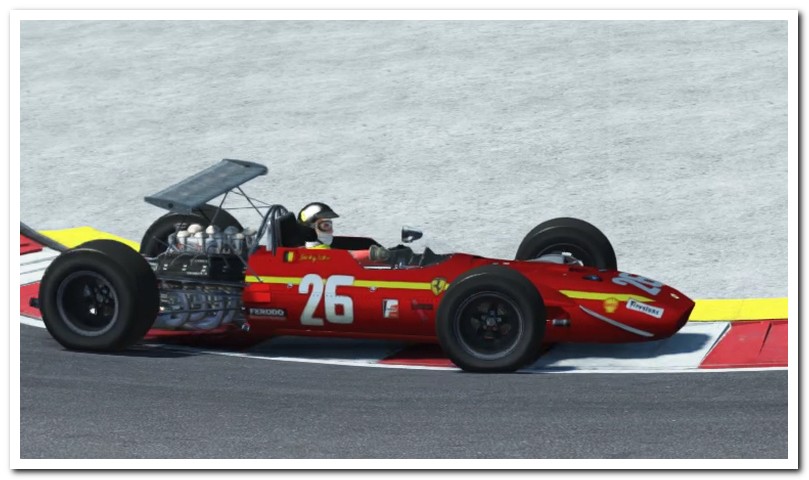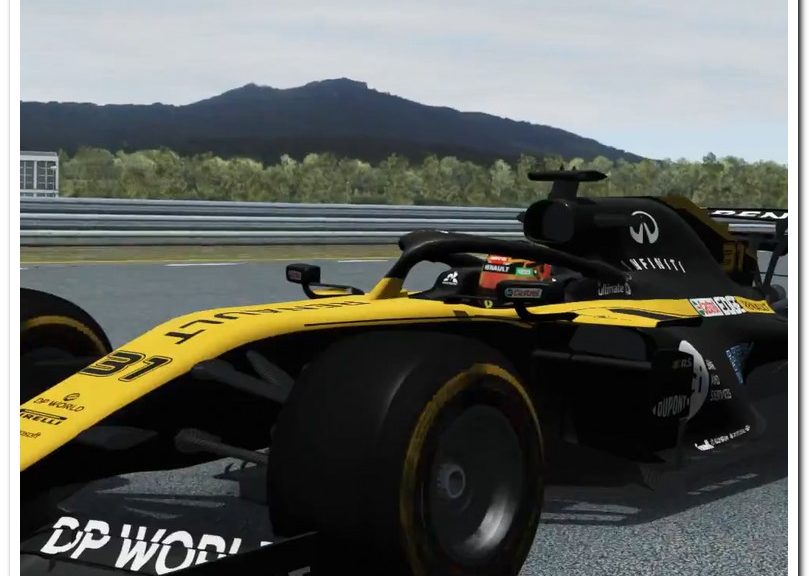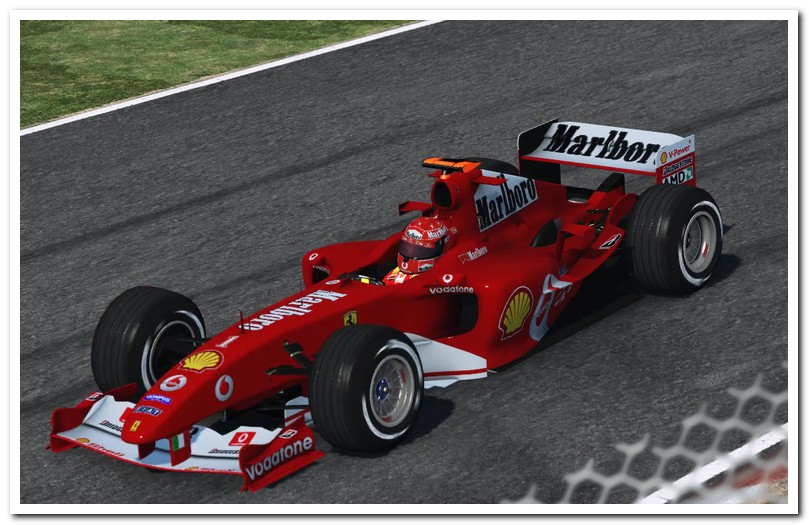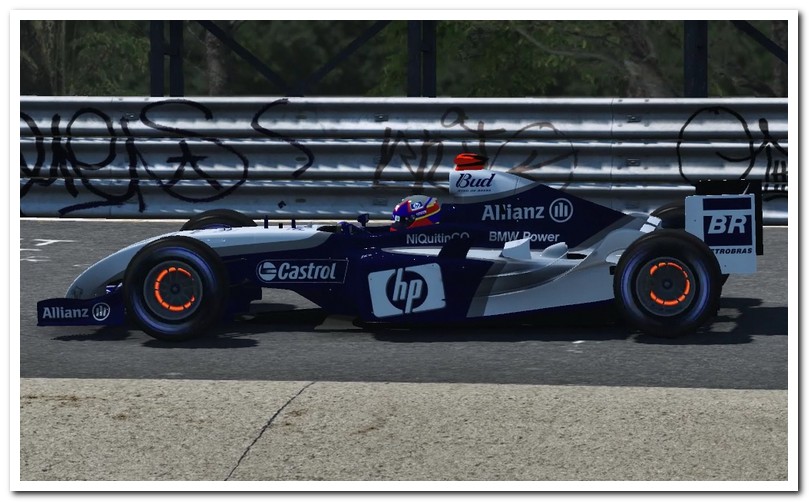This is a 01:27:594 lap around the Algarve track, racing Alain Prost’s 1988 F1 McLaren. As I write, the lap record is only 11 seconds faster, in a F1 2020 car.
From 2020-10-23 to 2020-10-25, the Formula 1 Championship is at a new racing circuit, where F1 cars have never raced before: the “Autódromo Internacional do Algarve”, in Portimão, Algarve, Portugal. F1 never officially raced, but did test there, in the past.
In a season so competitively poor and lacking dispute for the wins, the interest is beyond the podium. Tracks like Algarve’s are a very welcome addition to the calendar, not just because they are new, but mainly because they are different: in this case, the layout brings variance in the Z-axis. Cars go up and down, frequently! Corners are blinder and wider than usual, allowing and even inviting alternative trajectories, enabling a human-factor not so evident in other locations. I am enjoying it! It is unique and F1 needs variables that can contribute to less predictable race results.
I decided to try it myself, racing Alain Prost’s 1988 McLaren F1.
I have also upped my simulator’s resolution, from 2560×1600 to 3440×1440. The wider ratio is more immersive. I changed for productivity reasons, not expecting gaming benefits, but they are there.
Here is a video of a 01:27:594 (minutes:seconds:milliseconds) lap, using rFactor 2. Contrary to many, I never found the sound of this car’s Honda engine particularly enjoyable or spectacular. In-car, the noise is too regular, providing relatively poor acoustic queues for when to shift gears, up or down. Modern F1 cars literally beep the drivers when it is time to up-shift. This car also had no speed limiter and no driver-assists, and that is good.
I find the McLaren heavy, high down-force, trustable. That is its key positive attribute: it is predictable – after a short time, you know how it will behave, except when on the limit on old tires, when it becomes less clear how the tire wear will condition outcomes.
I dislike the slow gearbox and there is nothing the driver can do, to compensate it: the setup only allows different gear ratios.
Regarding the track itself, it is ever-changing in altitude, and challenging to the left-front tire under braking, because there are two right-corners which require heavy braking while not in a straight line.
The video has two segments: the first ~90 seconds are captured from in-car, exactly as seen, when playing. The second half is footage from the “TV” camera. Enjoy!








